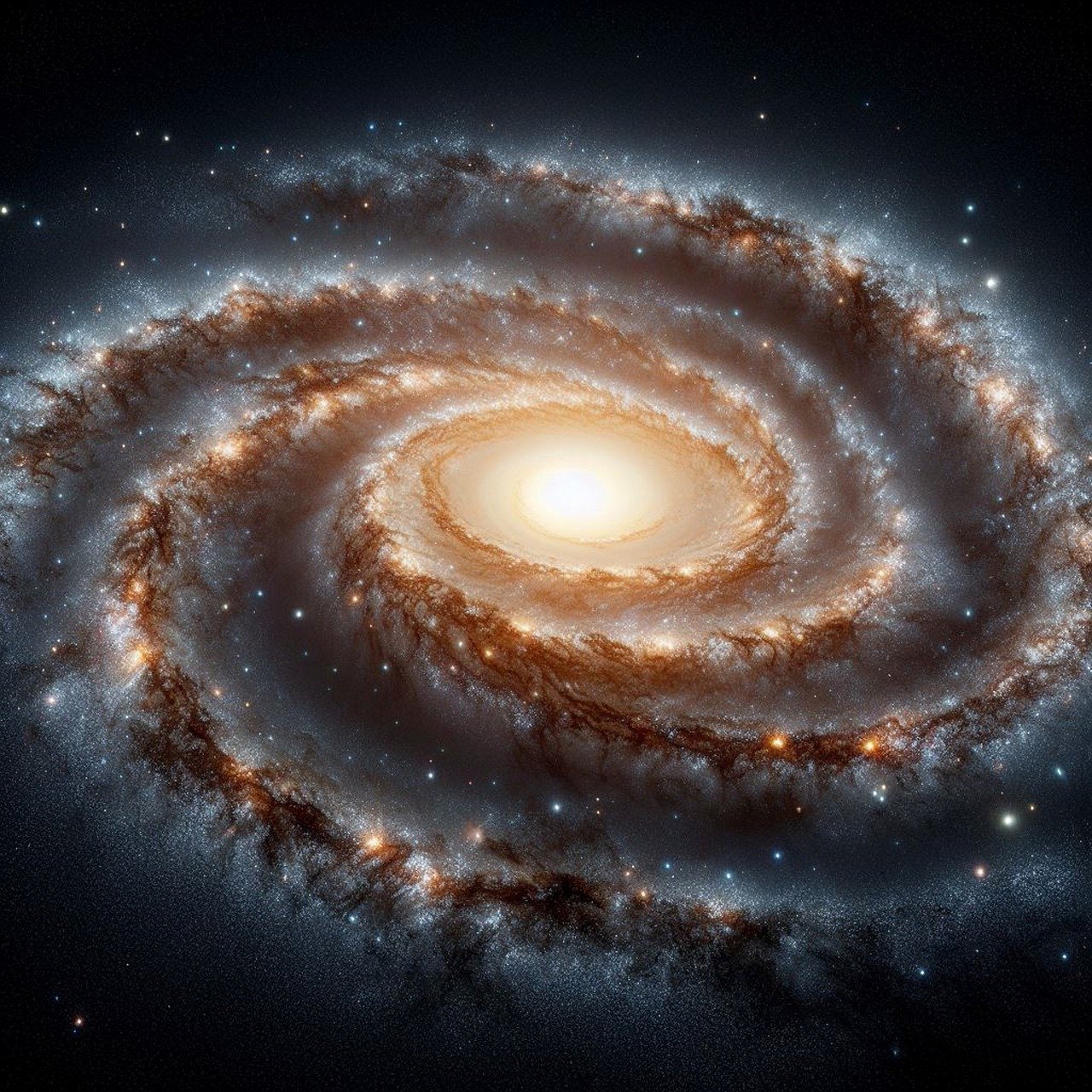Exploring the Wonders of the Milky Way Galaxy: Amazing Facts You Need to Know
When you gaze up at the night sky, you are looking at a tiny fraction of the vast and magnificent Milky Way Galaxy. Our cosmic home, the Milky Way, is a sprawling collection of stars, planets, gas, and dark matter, forming one of the countless galaxies in the universe. Let’s embark on a journey to uncover some of the most fascinating facts about the Milky Way.
1. A Galactic Giant
The Milky Way is enormous, stretching about 100,000 light-years in diameter. To put this into perspective, if you could travel at the speed of light, it would take you 100,000 years to cross from one side of the galaxy to the other. Despite its size, it is only one of the billions of galaxies in the observable universe.
2. Billions of Stars
Our galaxy is home to an estimated 100 to 400 billion stars, including our Sun. Some stars are similar to the Sun, while others are much larger, smaller, older, or younger. Each of these stars could potentially have its own system of planets, making the possibilities for life elsewhere in the galaxy seem endless.
3. A Rotating Marvel
The Milky Way is not static; it rotates. The Sun, along with our entire solar system, takes about 225-250 million years to complete one orbit around the galactic center. This period is known as a cosmic year or galactic year. The last time the Sun was in its current position, dinosaurs roamed the Earth!
4. A Black Hole at Its Heart
At the center of the Milky Way lies a supermassive black hole known as Sagittarius A*. This gravitational giant has a mass equivalent to about 4 million Suns. Though invisible, its immense gravitational pull influences the movement of nearby stars and gas clouds.
5. Shaped Like a Spiral
The Milky Way is classified as a barred spiral galaxy, characterized by its central bar-shaped structure of stars and its elegant spiral arms. These arms are rich with gas and dust, the building blocks for new stars.
6. A Star’s Birthplace
The galaxy is a hub of stellar activity, with stars constantly being born and dying. Star-forming regions, like the Orion Nebula, are nurseries where new stars emerge from clouds of gas and dust. On the other hand, remnants of supernova explosions tell the tale of stars that have reached the end of their lives.
7. It’s Always on the Move
The Milky Way is hurtling through space at an incredible speed of about 600 kilometers per second (373 miles per second). It’s part of a cluster of galaxies known as the Local Group, which is being pulled toward the massive Virgo Cluster due to gravitational forces.
8. A Universe of Dark Matter
Although we can see billions of stars, what we observe makes up only a fraction of the Milky Way’s total mass. Scientists believe that dark matter, an invisible and mysterious substance, accounts for about 90% of the galaxy’s mass, holding it together through its gravitational effects.
9. A Galactic Collision in the Making
The Milky Way is on a collision course with the Andromeda Galaxy, our closest spiral galaxy neighbor. In about 4.5 billion years, the two galaxies will merge to form a new galaxy, sometimes referred to as “Milkomeda.” Despite the collision, the vast distances between stars mean that actual stellar collisions will be rare.
10. A View Worth Exploring
One of the most awe-inspiring sights is the band of the Milky Way stretching across the night sky, a view best seen from areas with minimal light pollution. This luminous band is the combined light of billions of stars and is a reminder of our place in the vast cosmos.
Final Thoughts
The Milky Way Galaxy is not just our home but a cosmic wonder full of mysteries waiting to be unraveled. From its rotating spiral arms to its hidden dark matter, every discovery deepens our understanding of the universe and our place within it. So next time you look up at the stars, remember that you are part of something much larger and more incredible than you could ever imagine.







